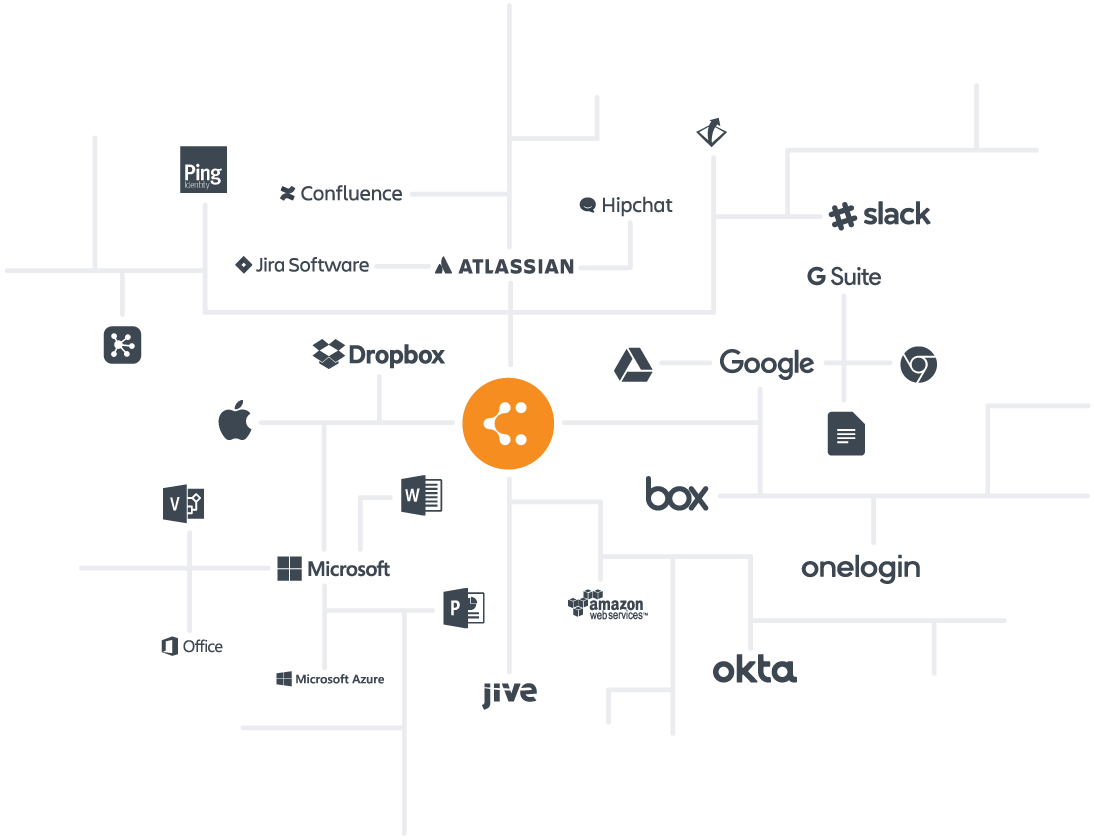

In a new tab, retrieve the template Business Capability Map. If you’re not signed into Lucidchart yet, go ahead and sign in. You can use a Business Capability Map from the Reference Architecture Gallery! Open the Business Capability Map in Lucidchart So where do you start? Luckily, there’s a library of resources available to help you. In a recent meeting, the CEO laid out a few key themes for the next 10 years-growth, loyalty and referrals, and national reach. You’ve just been hired by DreamHouse Realty, a real estate brokerage, to evaluate its current business systems and help design a solution for the future of the company. Fill in and submit the relevant information. As part of the welcome, Lucid asks a few questions about your role.Click Google and follow the prompt to sign into your Google account.Enter your full name, email, and password, then click Create account.Head over to the Lucidchart account creation page.If you already have one, go ahead and skip to the next section. While it’s not necessary to earn this badge, you can use your own Lucid account if you have one, or you can get an account for free, to follow along.īelow are steps to get a free Lucid account.

This will take you from the Salesforce Reference Architecture Gallery into Lucidchart. In this unit, you explore how Lucidchart and Salesforce have teamed up to help you quickly achieve the 3 C’s-clarity, consistency, and contrast-in your architecture diagrams. Identify the 3 C’s in a Salesforce reference diagram.Import diagrams from the Reference Architecture Gallery into Lucidchart.Use the Salesforce Reference Architecture Gallery to find useful diagrams.After completing this unit, you’ll be able to:


 0 kommentar(er)
0 kommentar(er)
